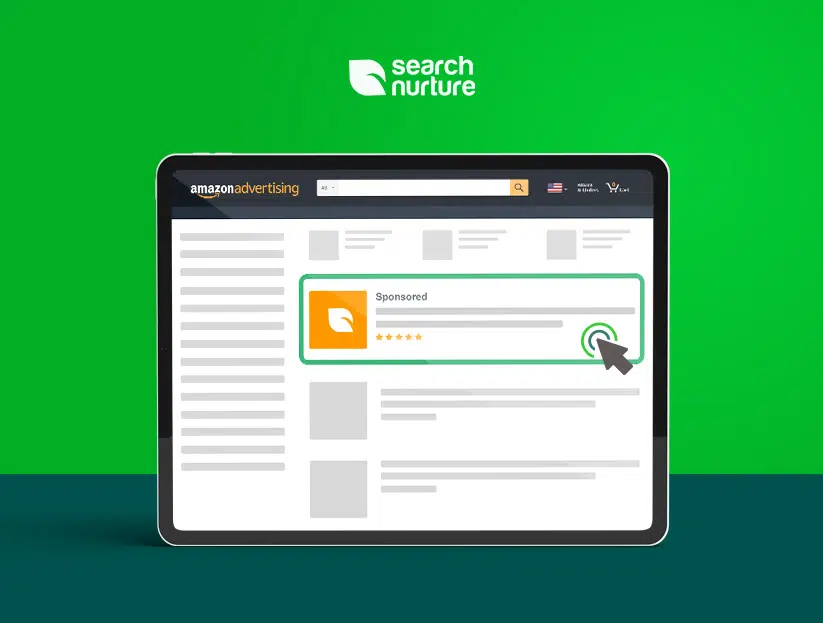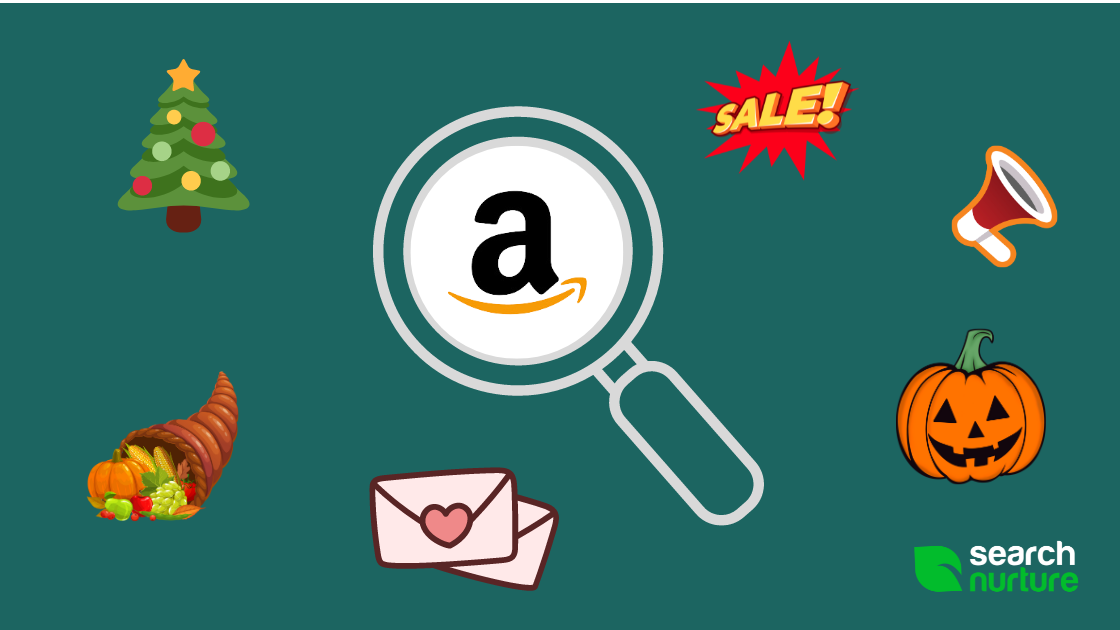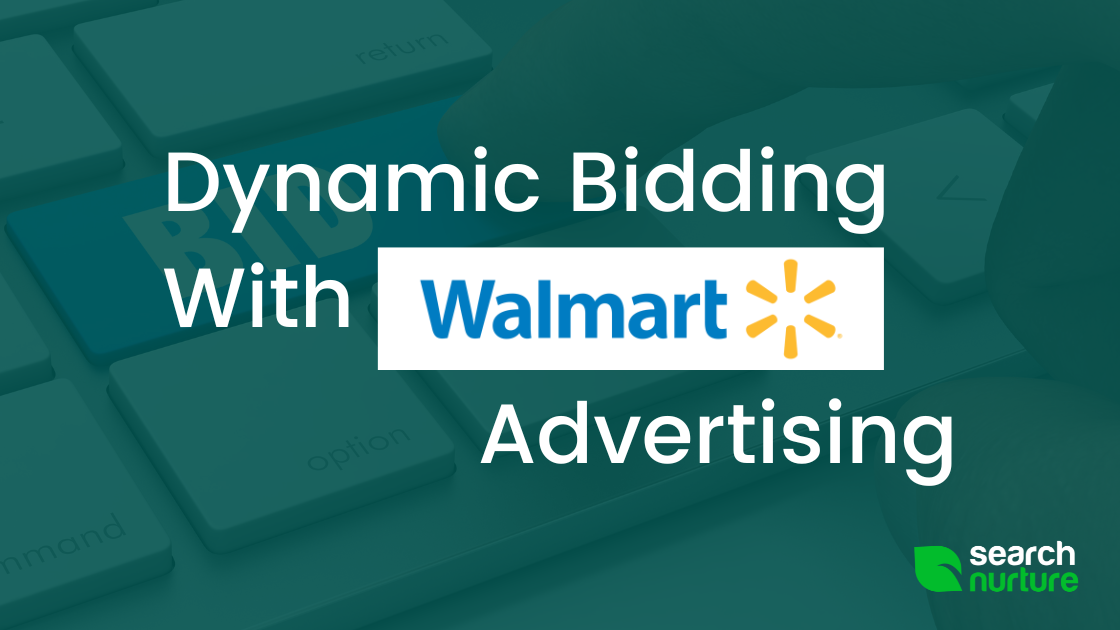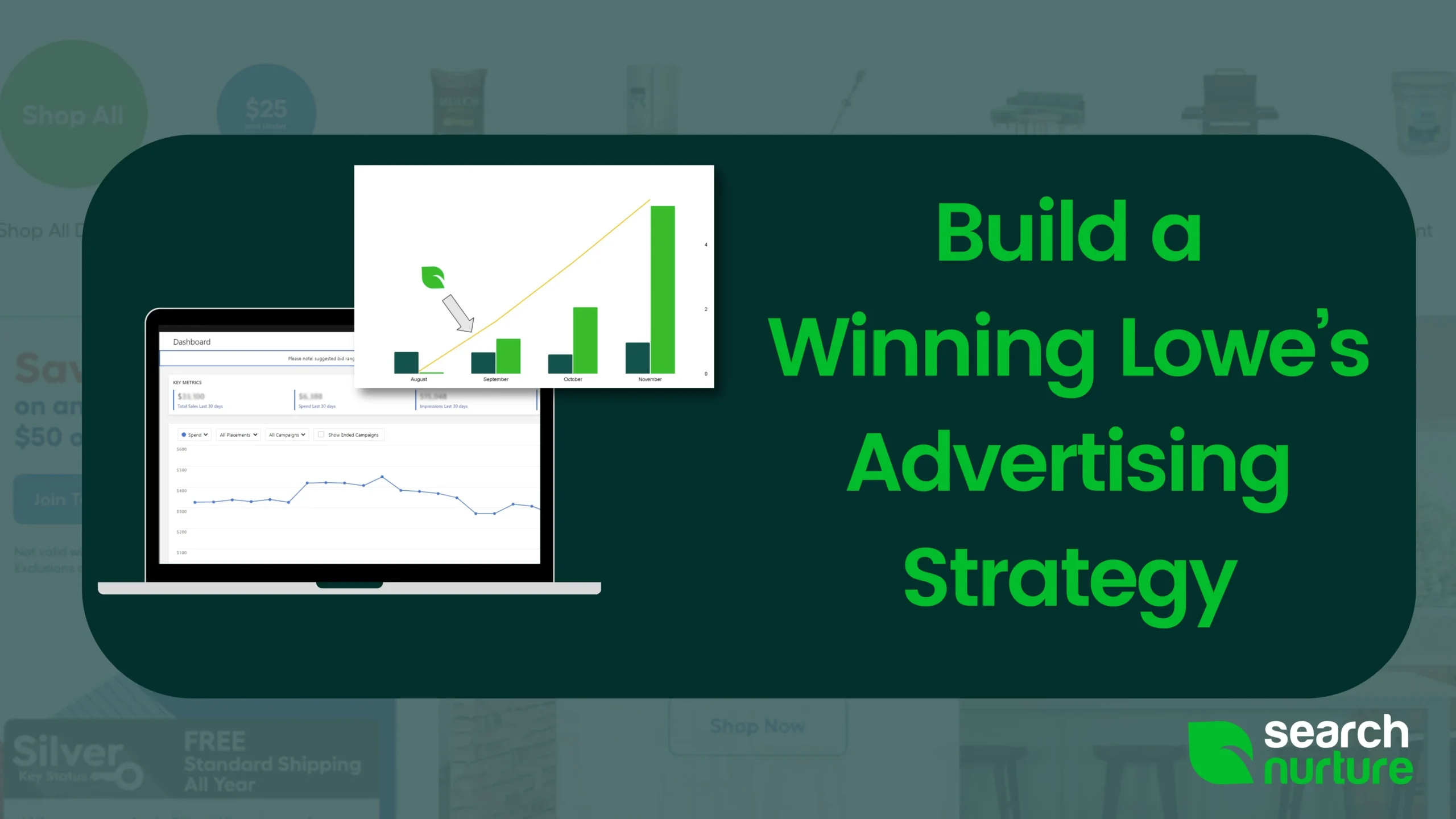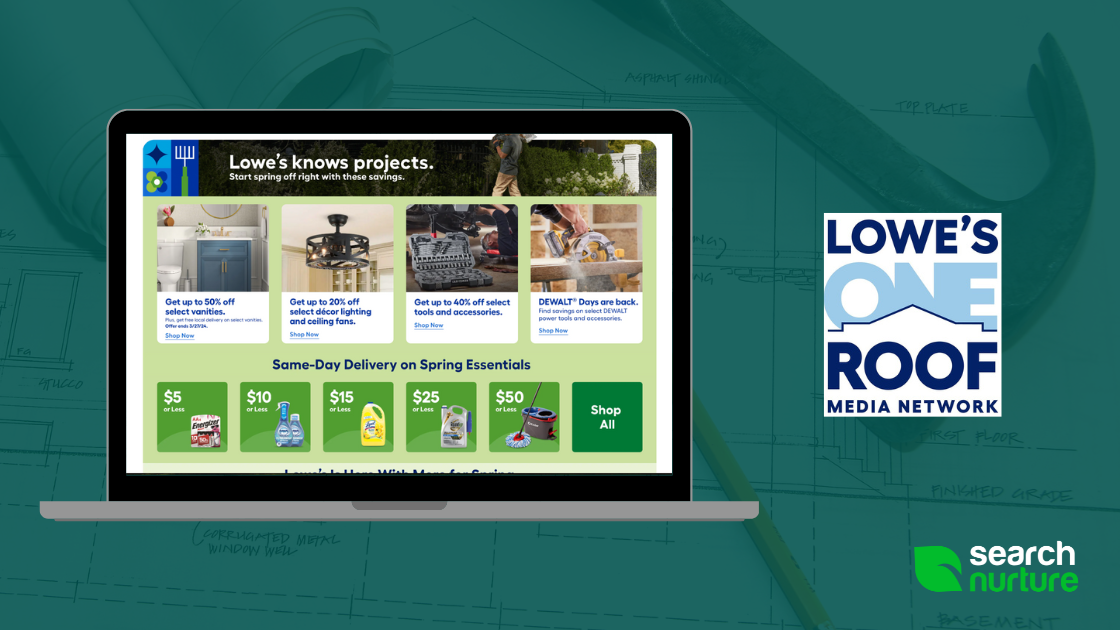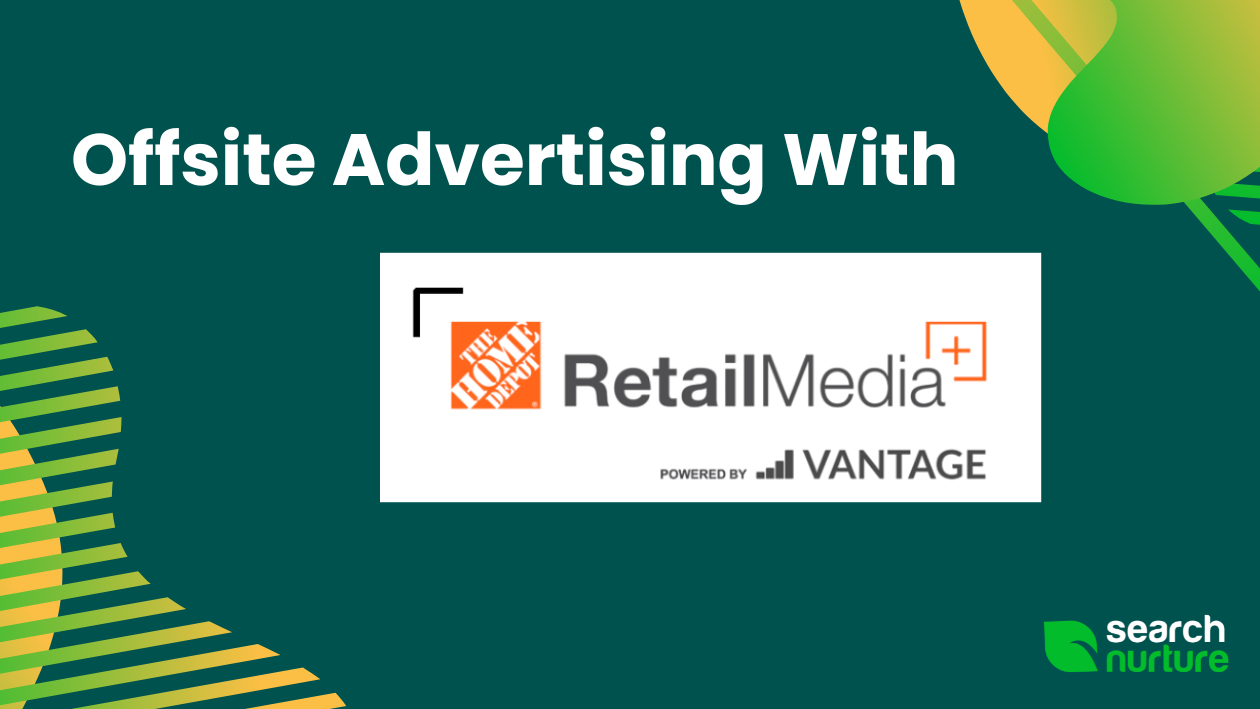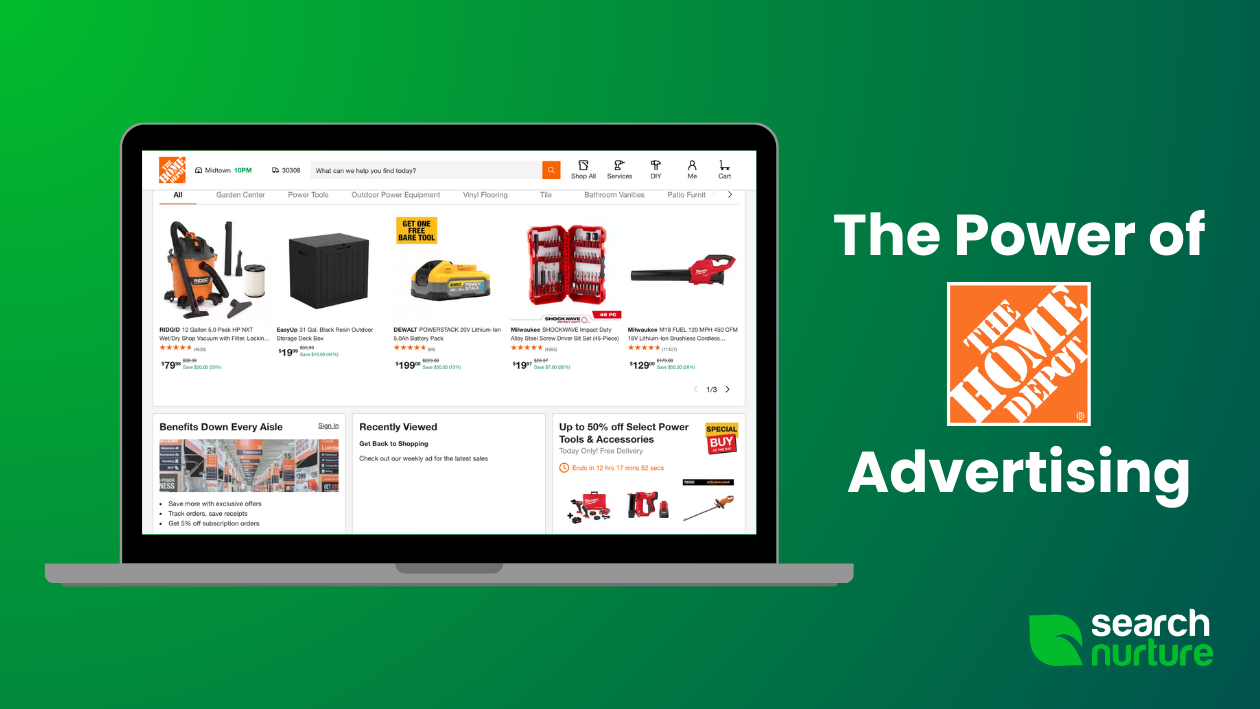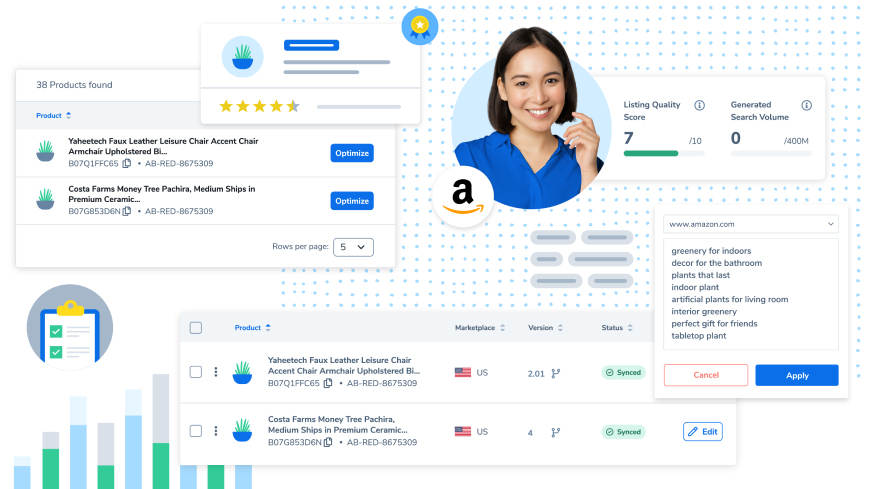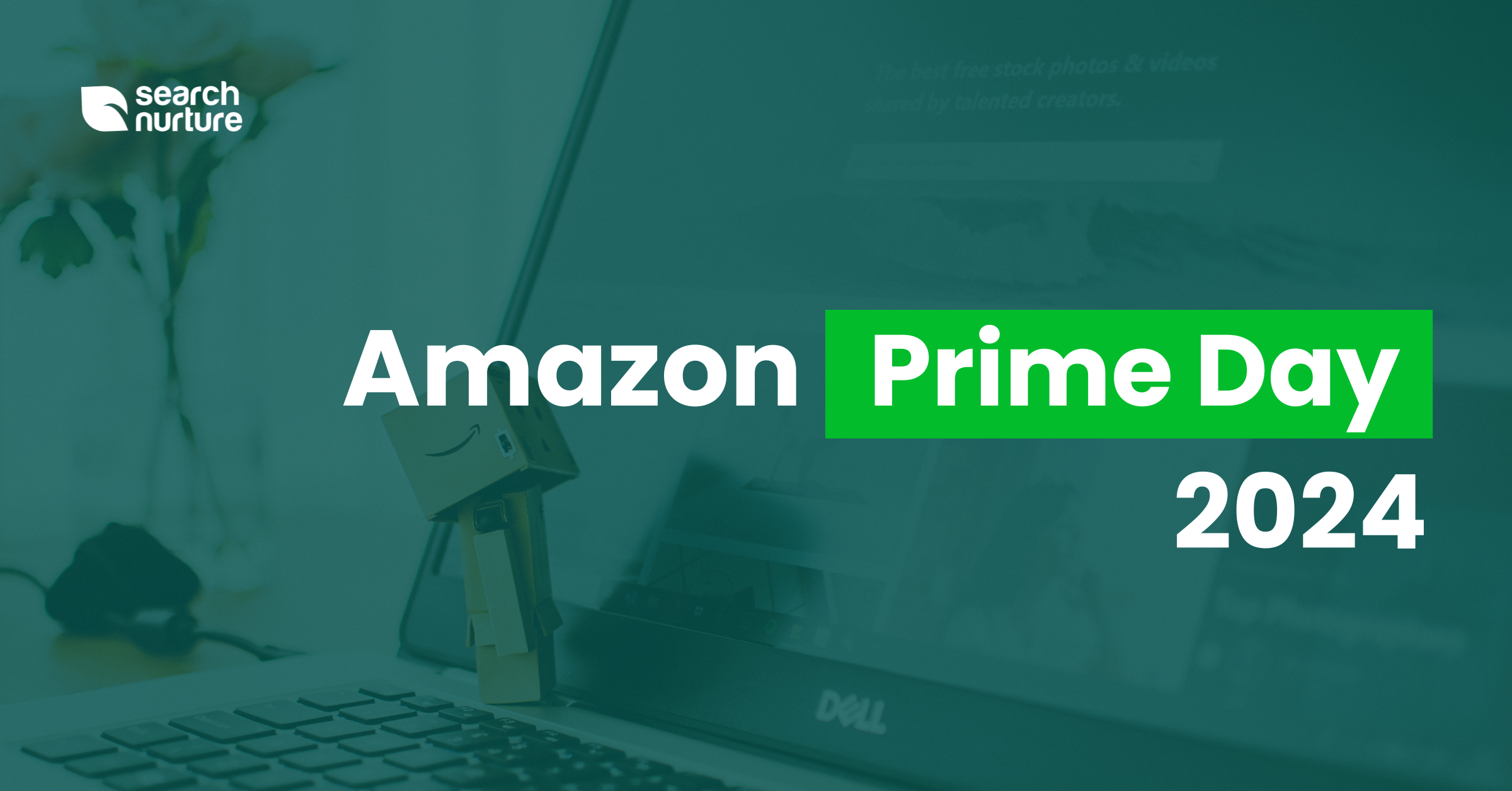Increase Amazon CTR
Amazon Advertising offers advertisers the ability to promote products on the world’s largest online e-shop. Sponsored Ads let your product appear every time shoppers search for products related to yours, or whenever they visit a similar product.
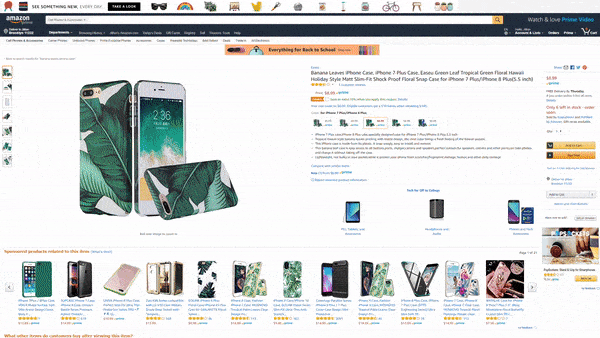
Campaigns using Sponsored Ads can make the difference between obscurity and success. However, unsuccessful and poorly designed campaigns can cost you money without generating sales. To help you distinguish between a successful and an unsuccessful campaign, Amazon offers a number of metrics. One of the most important ones is your Click-Through Rate (CTR). This is derived by measuring your Clicks and Impressions.
Click-Through Rate (CTR)
As demonstrated above, you can learn a lot from the two metrics described above. However, it is when they are combined that their real importance is revealed, in the form of your Click-Through Rate (CTR). Your Click-Through Rate (CTR) is the ratio between how many people have clicked on your Ad and the number of people who have seen it: Click-Through Rate = Percentage of (Number of people who have clicked your Ad / Number of people who have seen it)
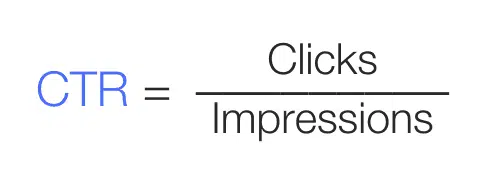
The greater your CTR, the better your Ad is performing. An ideal (and unattainable) CTR of 100% would mean that every single person who has seen your Ad, has clicked on it. Conversely, a CTR of 0% would mean that your Ad has generated no clicks.
If you would like to learn more about improving your CTR on Amazon, keep reading. If you’d rather find an Amazon agency that already knows how to optimize your product listings and maximize CTRs for all of your Amazon campaigns, then let’s talk.
How to Improve Your CTR on Amazon
A high CTR means that your Ad is compelling enough for shoppers to click through. Conversely, a lower CTR means that your Ad is not enticing enough. But how can you increase a low CTR?
Use Keywords to Target Your Audience
When you build a Sponsored Ads campaign, you need to choose your Audience—the people who will view it. If you can pick the right audience—the shoppers who are more likely to be interested in your product—you are more likely to end up with a sale.
Amazon does not let you target its shoppers based on demographic data such as age, sex, education etc. You can create Ads based on a shopper’s past interests but these campaigns usually prove less effective than those which are based on choosing the right Keywords. Keywords determine which searches will trigger your Ad. If you choose the right ones, you will reach the right audience and generate a sale.
CTR can tell you at a glance whether you are targeting the right audience by showing you which Ads are attracting more clicks. A high CTR will indicate that your Ad is relevant to shoppers’ searches and that you have chosen the right keywords. Conversely, a low CTR means you have to reexamine your keywords and try out new ones. As a rule, the higher your CTR, the more relevant your Ad is to the chosen audience.
Optimize Your Ads
When you create an Ad, you set certain parameters such as your bid—how much money you are willing to pay, and your keywords. Every time someone enters one of your selected keywords on Amazon, a lightning-fast bidding war takes place behind the scenes before even the search results page (known as SERP) is displayed.
The winning Ad is then displayed in one of the places Amazon has reserved to display Ads in a process known as Amazon PPC (Pay-Per-Click) auction.
Winning the auction, however, does not guarantee your Ad’s success: your Ad still needs to grab a shopper’s attention so that they click through. So, how can you improve its effectiveness?
Read on for some ideas on fixing this or consult our post, How to Hit Your Target ACoS on Amazon, for some great tips on optimizing your product page for conversions.
Raise Your Conversion Rate
Even with the best Ads and highest of CTR, you may find that people fail to make a purchase. This is because interested shoppers will click on your Ads and view your product, but it is up to your product page to convince them to make a purchase.
The percentage of shoppers who have clicked on your Ad and moved on to buy your product is referred to as your Conversion Rate.
It may sound counter-intuitive that your Conversion Rate has an impact on your CTR, given that the conversion rate is calculated only after a shopper has clicked on your Ad. However, Amazon factors it in when determining your Ad’s rank—which, in turn, decides how often your Ad is displayed.
Amazon has a vested interest in sellers making a sale, and it pursues it quite aggressively, to the point of tracking even where a shopper’s mouse hovers on the screen. It chooses which Ad to display by examining a number of parameters. The bidding value (how high an advertiser is willing to go) is one of them. This is weighed against how relevant and valuable the Ad is deemed to be and what shoppers do once they view the product advertised (do they make a purchase or do they return back to the search results page?).
Amazon will readily remove under-performing Ads in its constant effort to increase revenue per customer. That is why the most common complaint among advertisers is that their Ad doesn’t show often enough.
So, if your CTR is low, it is possible that your Ads aren’t shown because your product has a low conversion rate. Check your impressions to see if this is, indeed, the case.
Optimize Your Price
Price can have a great impact on both your CTR and conversion rate. You may have set a price you believe is competitive but you also need to make it enticing for people to click on. Small changes can make a big difference: CTR and conversion rates can vary greatly between ending the price in $.95 and $.99, or between $19.99 and $20.99. You want to find the optimal price that is driving both clicks and sales, and even a few cents can make all the difference.
Increase your (Positive) Reviews
Reviews are the next best thing to a word-of-mouth recommendation. Shoppers trust other shoppers. That is why people give away free samples of their products and tolerate a high initial advertising cost, in the hopes of garnering positive reviews.
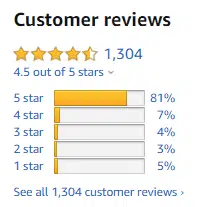
If you have few or no reviews, you may wish to address this issue first. The same is true if you have many negative reviews. A product page full of one-star reviews has a poor chance of generating a sale, no matter how good the Ad.
Ideally, you want to have at least a star rating of 4.5 and above, although a page with only 5-star reviews will often serve as a red flag to many shoppers.
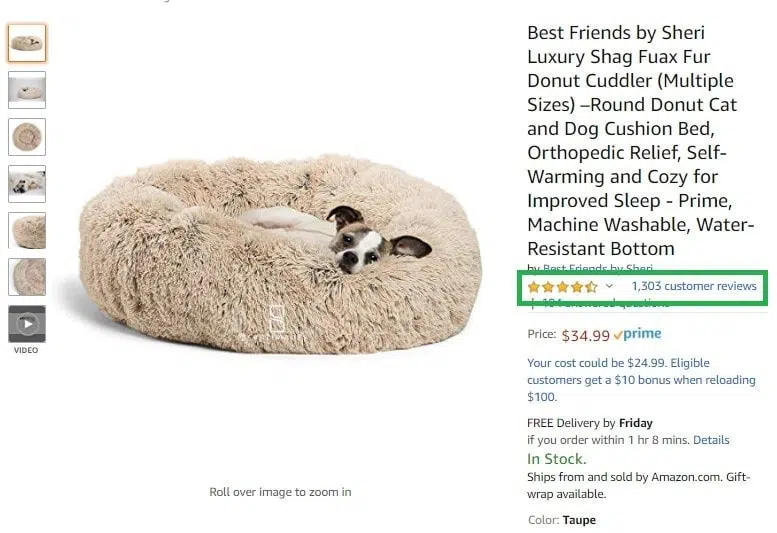
Earn a Best-seller Badge
Much like positive reviews, having a best-seller badge can serve as social proof. A badge can help establish your product as a winner in its category. Many make the mistake of placing their product in highly competitive categories, where even hundreds of monthly sales can fail to increase their rank. Choosing a less competitive category is an easy way of achieving a high rank and even earning a best-seller badge.
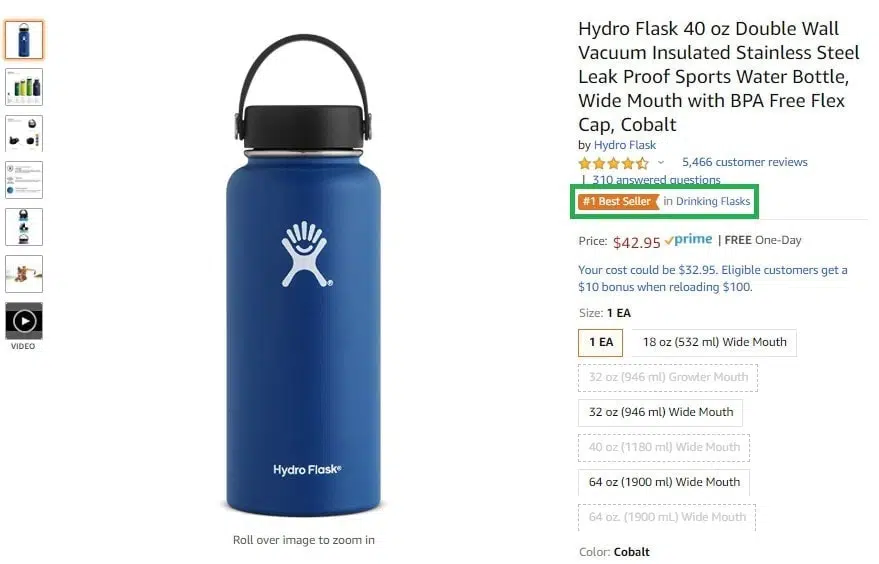
Opt for Page One
When searching for a product, most people only look at the results displayed on page one or two. This is both because they may find what they are looking for there, but also because of an implicit belief that the best products will be listed first. As a result, most sales come from page one products.
With some products, it may be possible to run free days to have them show up on the coveted first page. With others, it may be a case of tweaking your keywords and categories in order to ensure that you are not missing out on shoppers searching for your product.
Wrap Up
With a listing that is optimized for both clicks and sales, your product will be in the best possible position to claim its market share. Raising your CTR will help you increase both your sales and profits, as a high CTR can result in lower advertising costs.
Depending on your available time and on how much interest you have in sharpening your advertising skills, you can use the tips above to increase your CTR. Or you can do what you do best—design a killer product—and let us do what we do best: optimize your CTR and sell your product in the world’s largest online store.

Article by


